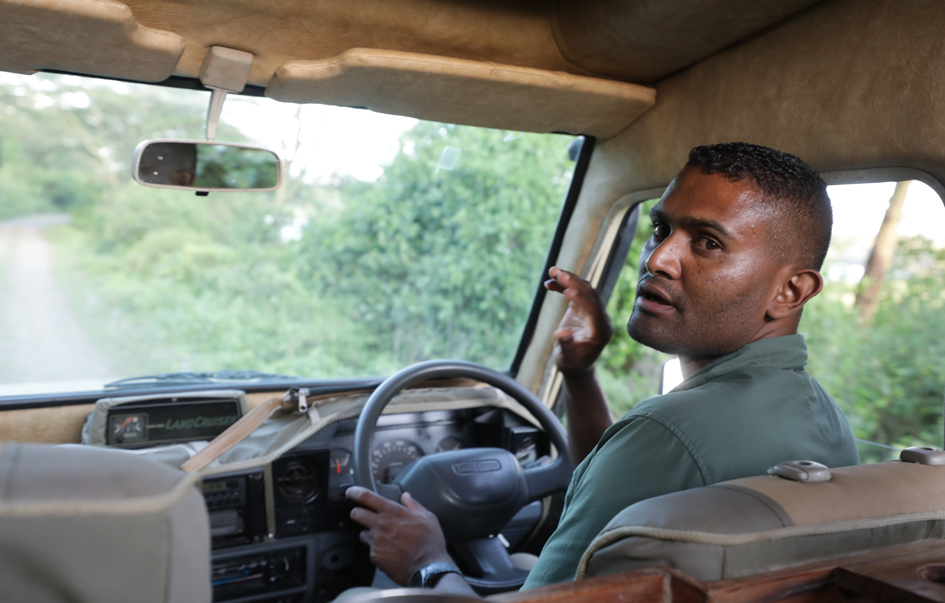Bwindi Impenetrable National Park
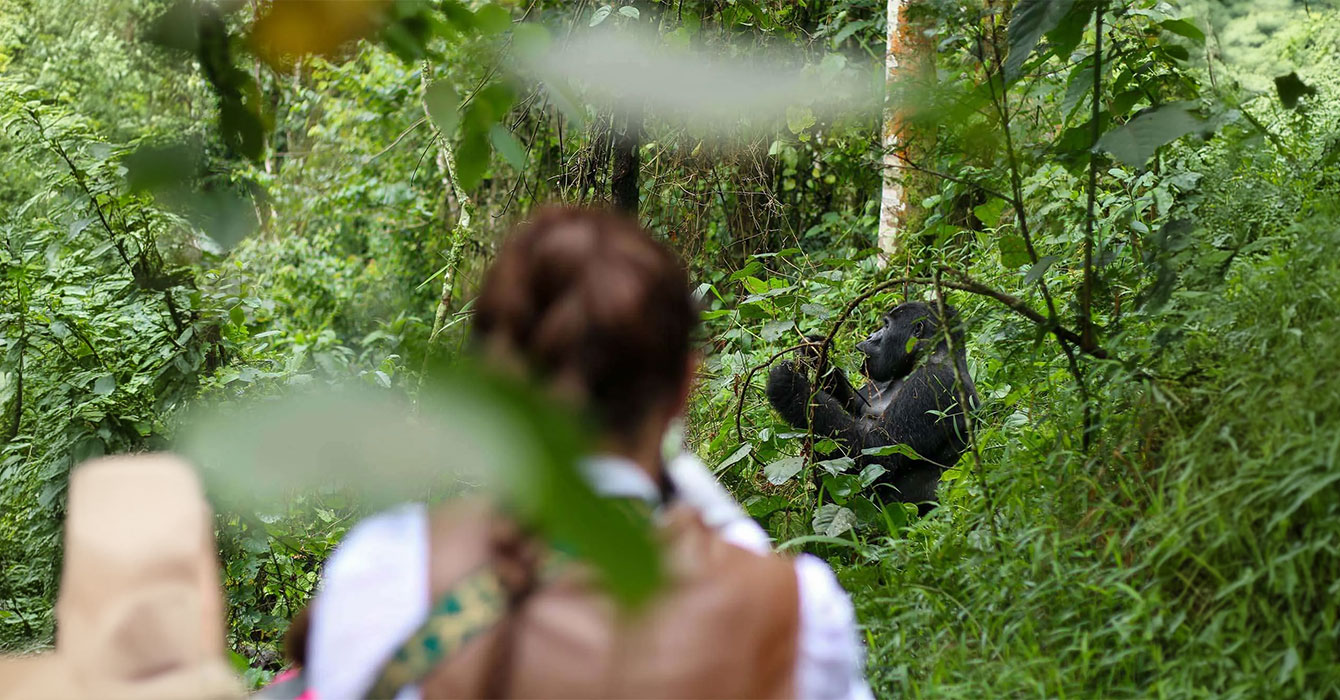
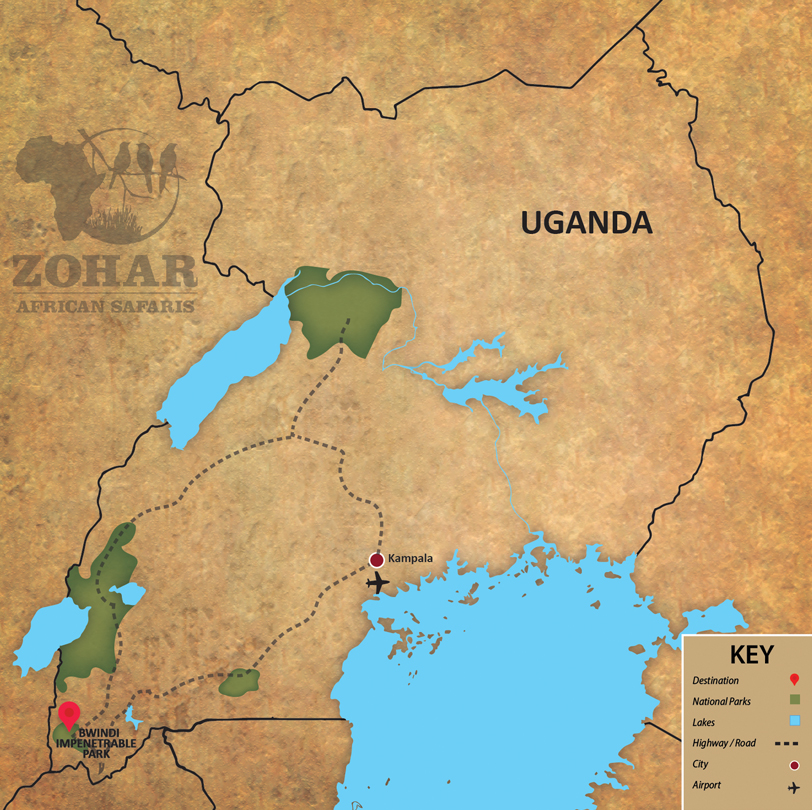
Located in the stunning southwestern highlands of Uganda, Bwindi Impenetrable National Park is one of the most important conservation areas on the continent. It covers an area of roughly 127 square miles (about 331 square kilometers). This ancient rainforest is best known as the home of the world’s last remaining mountain gorillas, drawing visitors from around the globe for the chance to witness these gentle giants in their natural habitat.
In addition to gorillas, Bwindi supports a rich variety of primates, including baboons and several species of monkeys, making it a primate enthusiast’s dream. But its wonders extend well beyond mammals. The park’s thick, misty forest shelters over 1,000 species of flowering plants and nearly 200 tree species, many of which are endemic to the region.
Birders and insect lovers will find even more to admire here: Bwindi is a haven for butterflies and boasts an impressive list of bird species, including many regional endemics. This vibrant biodiversity contributes to the park’s status as a UNESCO World Heritage Site and a biological treasure trove.
Recognizing the delicate nature of its ecosystem, the number of daily visitors is carefully regulated, particularly for gorilla trekking, to ensure the health and safety of the gorilla families and preserve the park’s pristine environment.
While Bwindi is often celebrated for its primates, it’s also home to forest elephants, antelopes, and countless other species that contribute to its incredible ecological richness.
To truly immerse yourself in the magic and majesty of Bwindi, a minimum stay of two nights is recommended. This allows ample time to trek, explore, and appreciate one of Africa’s most extraordinary natural environments.
Features & Wildlife Species
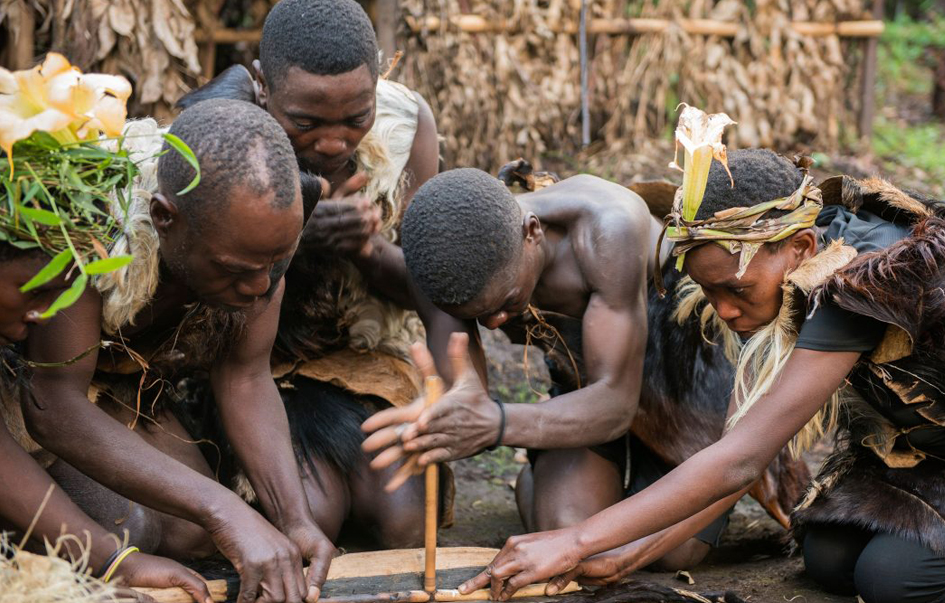
AREA ACTIVITIES
- Gorilla trekking.
- Nature walk.
- Hiking safari.
- Batwa Pygmies cultural experience.
WHEN TO VISIT
Bwindi is open all year long but the best time to go is June to August and December to February. At these times the forest trails are drier and therefore less slippery.
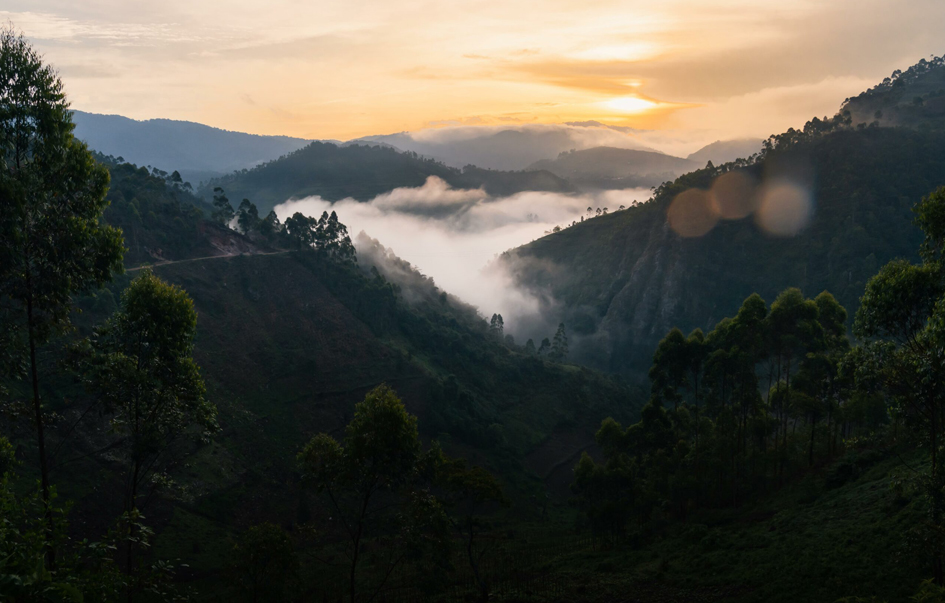
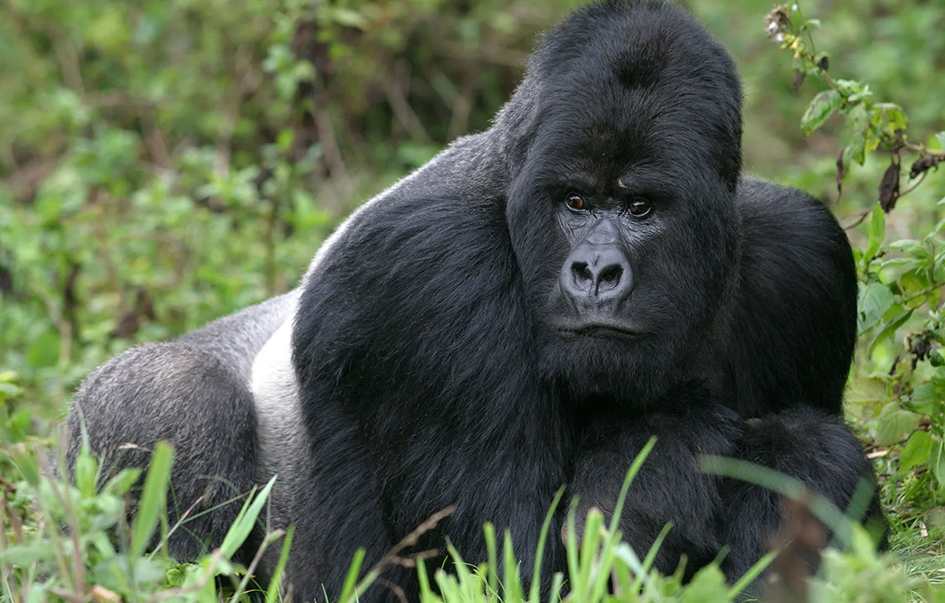
WHAT TO SEE
- World’s last remaining mountain gorillas.
- Different primate species such as baboons and monkeys.
- Elephants and antelopes.
- Over 350 different species of birds.
- Butterflies.
- Many species of frogs and chameleons.
- More than a (1000) flowering plants.
- Dense rain forest.
HOW TO GET THERE
- Road: Bwindi can be easily reached from Kigali, Rwanda, which is just a 4-hour drive. However, if you arrive in Uganda, it’s an 8-hour drive from Kampala, the capital, and a 2-hour drive from Kibale town, near Kibale National Park.
- Flight: the park is easily accessible by charter flight from Entebbe International Airport.
